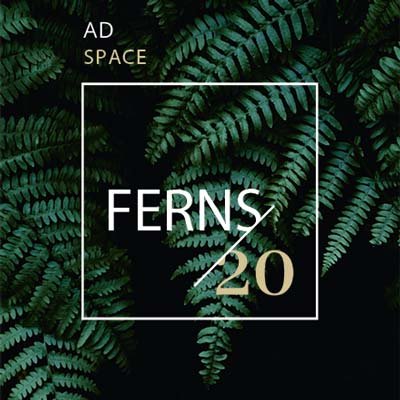[ad_1]
The escalating trade conflict between the world’s two largest economies now menaces ecological systems far beyond the price charts that dominate front pages. At the time of writing, Beijing’s retaliatory tariffs on US agricultural products had peaked at 125% and Washington’s counter surge had reached 145%, before a 12 May 2025 accord trimmed the levies to 10% and 30%, respectively, for a 90-day review period — yet the rates remain a moving target1,2. Such volatility is already rewriting commodity geography. When China first targeted US soy in 2018–2019, Brazilian exports increased substantially. For example, Brazilian soy exports grew by approximately 30% to 127.3 million tonnes in 2023 (ref. 3). The current flare-up promises an even larger realignment.
Trase supply-chain data show that more than two-thirds of new Brazilian soy area since 2019 has been cut from the Cerrado, a mosaic of savannah, gallery forest and seasonally flooded grasslands that harbours about 5% of all known species4. In 2022 alone, soy-linked conversion in the Cerrado released 121 Mt CO2 — equivalent to 9% of the country’s total land-use change emissions — and proceeded three times faster than in the Amazon3. The Amazon Soy Moratorium shields rainforest cleared after 2008, but no parallel pact protects the Cerrado. As planters follow rising Chinese demand deeper into Matopiba — the Cerrado’s newest agribusiness frontier — traditional communities lose water security, and fire incidence climbs. Recent LiDAR (light detection and ranging)-assisted surveys4 show clearing trajectories intersect headwater catchments that feed the São Francisco and Tocantins basins, which threatens dry-season flows that underpin Indigenous food systems and hydroelectric output. Riparian galleries — once refuges for endemic amphibians and orchid bees — are now shrinking faster than conservation models anticipate, which has cascading regional-climate effects5.
[ad_2]
Source link






